Written by Trista Barrantes, Education & Curriculum Intern
There are unique cuisines in every single country with foods seemingly inextricably tied to certain places. But history is rarely linear and some food recipes can hail from very unexpected places. The dish sauerkraut has surprising origins in China, a place rather far from Germany (where it’s most known for).
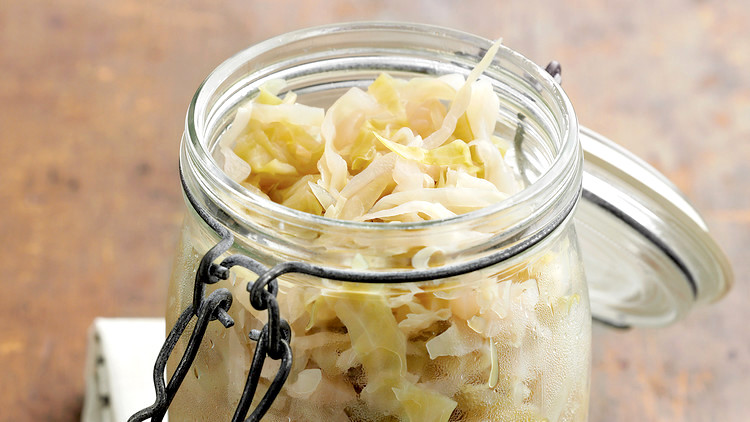
Similar but Different!
One of Germany’s most iconic foods is sauerkraut (literally translated as ‘sour cabbage’). Finely chopped pieces of salted cabbage fermented as a result of lactic acids has a distinctly sour taste that deliciously pairs with richer dishes such as bratwurst or schnitzel. However, it is said that sauerkraut was introduced to Germany rather than originating there (Rolek).
Sauerkraut is reported to have Chinese origins (Rolek; Wells). Suan cai is the Chinese term for pickled vegetable; typically, they used Chinese cabbage though it may also be made with vegetables such as Chinese mustard greens. Traditionally the vegetable is dried first, and then salted and left to ferment. The process results in a sour flavor that can be used to enhance a variety of dishes such as dumplings, stews, or stir fries (Cui).
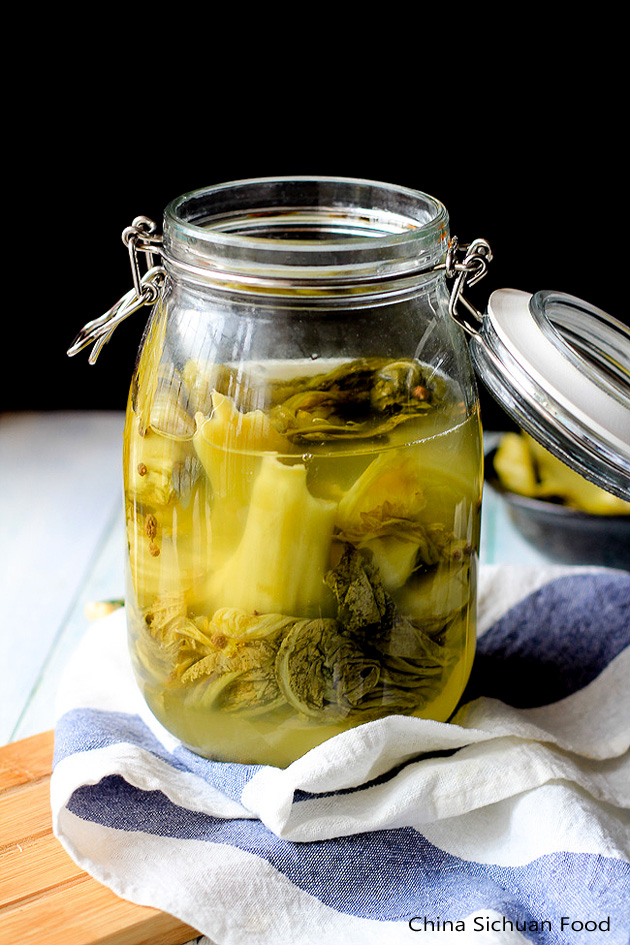
The History Linking Suan Cai to Sauerkraut
Suan cai was most likely brought to Germany through trade and cultural exchange by the Tartar— people from the Central and Northern Asian region known as the Tartary (Wells). They consisted of several nomadic groups, many of whom joined Genghis Khan’s army, though they kept traveling and settling in other states even after the collapse of the Mongol empire (Misachi). Suan cai’s recipe most likely became widespread due to its relatively simple preparation, its ability to extend the shelf life of the vegetables used, and its distinctive taste; though, the recipe was altered slightly to use the produce more readily available in Eastern Europe, such as green cabbage and red cabbage.
Both sauerkraut and suan cai are easy to make and can be adapted as its maker sees fit. Different spices can be added to create an even more unique flavor, such as adding caraway seeds to your sauerkraut or peppercorns to your suan cai. Check out the list below for some recipes you can make at home. They can be eaten as a side dish or incorporated into other dishes.
Sauerkraut and Suan Cai Recipes
Suan Cai w/ Chinese cabbage (SBS – Angie Cui)
Suan Cai w/ Chinese mustard greens, sichuan peppercorns, chili peppers (Jem Ferments)
Sauerkraut w/ green cabbage, mustard seeds, juniper berries, caraway seeds (The Spruce Eats)
Sauerkraut w/ red cabbage, juniper berries, caraway seeds (Fermentation Recipes)
Recipes using Sauerkraut and Saun Cai as ingredients
Sautéed German Sausages with Bacon and Apple Sauerkraut (Food & Wine)
Stir Fried Shredded Beef with Preserved Vegetable (Christine’s Recipes)
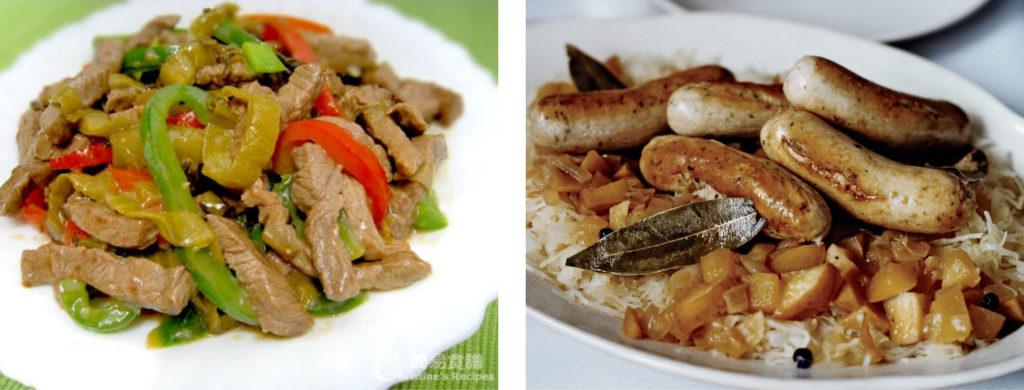
References
Cui, Angie (2021, August 6) How I’ve come to love Chinese pickled cabbage. SBS – Special Broadcasting Service, Australia. Retrieved 20 October 2021, from https://www.sbs.com.au/food/article/2021/07/26/how-ive-come-love-chinese-pickled-cabbage
Misachi, John (2019, July 11). Who are The Tartar People? World Atlas. Retrieved 20 October 2021, from https://www.worldatlas.com/articles/who-are-the-tartar-people.html
Rolek, Barbara (2019, October 2). Sauerkraut: The Quintessential Eastern European Vegetable. The Spruce Eats. Retrieved 19 October 2021, from https://www.thespruceeats.com/sauerkraut-the-quintessential-eastern-european-vegetable-1137498
Wells, Patricia (1979, November 14). Sauerkraut: It All Began in China. New York Times. Retrieved 19 October 2021, from https://www.nytimes.com/1979/11/14/archives/sauerkraut-it-all-began-in-china.html
Featured Picture: (Image Source Left: Photography by Brett Stevens – Quick Sauerkraut, Martha Stewart / Image Source Right: Pickled Mustard Green Recipe, China Sichuan Food)
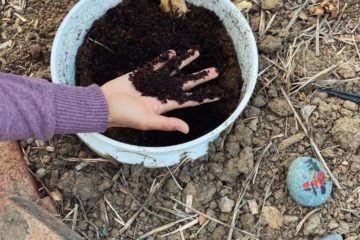
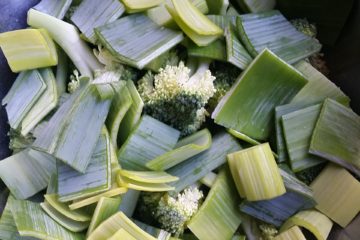

0 Comments